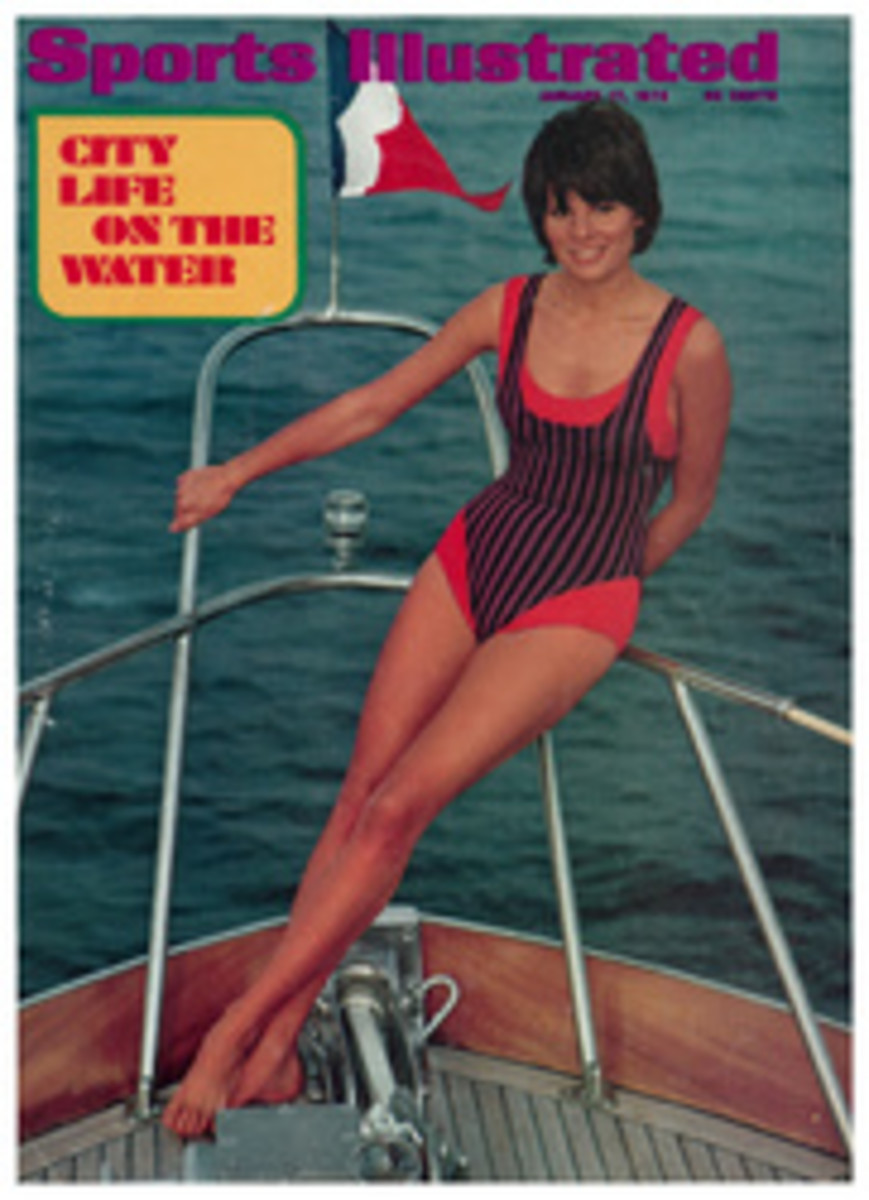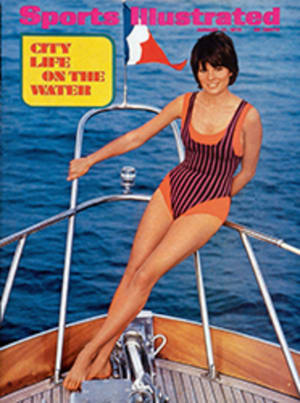
LETTER FROM THE PUBLISHER
During the NBA playoffs last spring Peter Carry, our man on the hardwood, was in Baltimore to cover a Bullet practice session. Trailing Milwaukee in the finals, two games to none, Baltimore was so crippled with injuries that only seven players were able to suit up for the scrimmage. So Coach Gene Shue began casting about for warm bodies. His eye fell on Carry, who was immediately ordered to volunteer.
"I thought it would be a gas to scrimmage with the pros," Carry recalls, "but after I got out there I found I was really scared." By the time the former Canterbury School third-stringer got over his jitters, he was beset by a wave of nausea brought on by his training regimen of cigarettes and pastrami sandwiches. Carry carried on, however, even managing to hit a 15-foot jump shot over a screen set up by Earl Monroe. There was a moment of cockiness, but it disappeared quickly when he inadvertently stepped in the way of Wes Unseld. The giant Baltimore center gave Carry a gentle brush with his hip that propelled Peter 15 feet across the key, effectively ending his pro career.
For his story on the Los Angeles Laker-Milwaukee Buck confrontation this week (page 12), Carry was called on for no such heroics, but his experience in Baltimore last season is typical of the kind of enterprise and improvisation it takes to cover the pro basketball scene these days. With 28 teams in 27 cities making up two warring leagues, the game is now the most multifarious establishment in professional sport. It is no longer enough to know Spencer Haywood's rebound average; a good reporter should also know his attorney's phone number and the docket number of his latest lawsuit. (Carry first met the peripatetic Haywood at L.A. airport, where he had in effect staked him out in order to catch him between a Federal Court appearance and a flight to Cincinnati. Carry got his interview by joining Haywood on his flight.)
But Carry is not complaining, for his beat holds a rich lode of material. "All you have to do is run down the roster of players, coaches and owners," he points out. "Kareem Abdul-Jab-bar, Bill Sharman, Mike Storen, Franklin Mieuli—it's a quote-monger's happy hunting ground."
One of Carry's most successful and influential stories since taking over the pro basketball coverage was his 1970 interview with Rick Barry, then a disgruntled member of the newly relocated Virginia ABA franchise. Barry's unequivocal refusal to move with the team from Washington, spelled out in no uncertain terms in Peter's story, was the determining factor in Virginia's decision to trade Barry to the New York Nets three weeks later.
Raised in the upstate community of Norwich, N.Y., Carry was educated at Canterbury (in Connecticut) and Princeton. He was sports editor for The Daily Princetonian before his graduation, magna cum laude, in 1964. After a brief stint at SI that year, he joined the Navy, serving most of his 3½-year hitch on a cruiser. He returned to our staff in March of 1968 and has been out there covering basketball, from high school to the pros, ever since.
Just before Christmas, Peter got married. We trust he and his bride will live hoopily ever after.
PHOTO
PETER CARRY: A BULLET, BUT BRIEFLY

